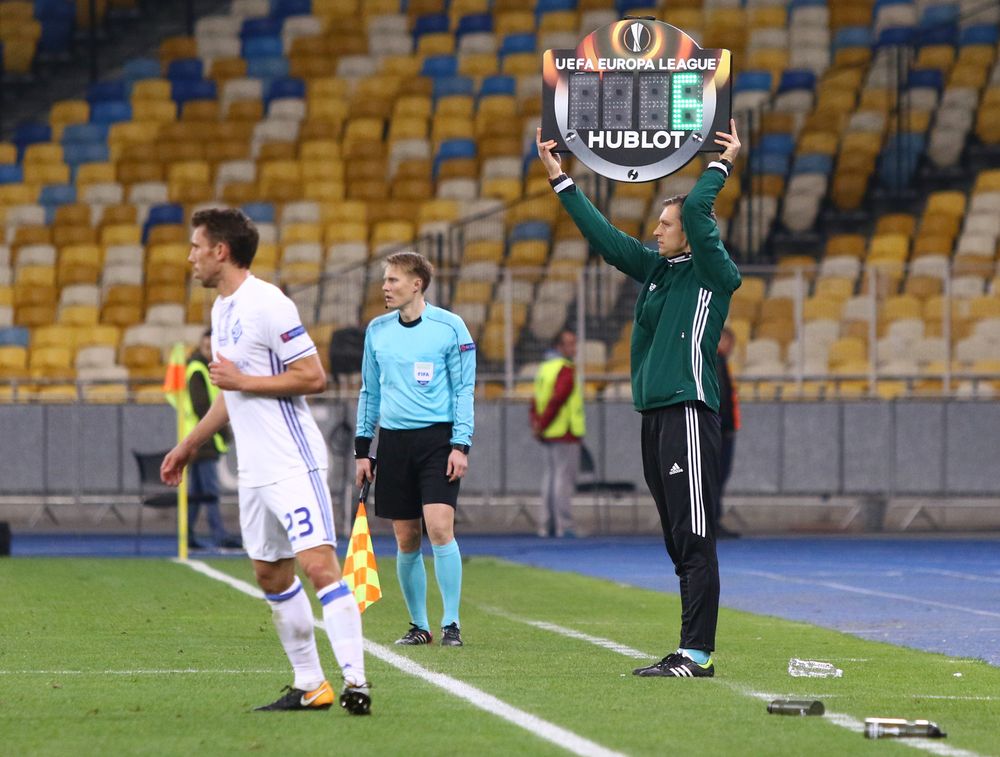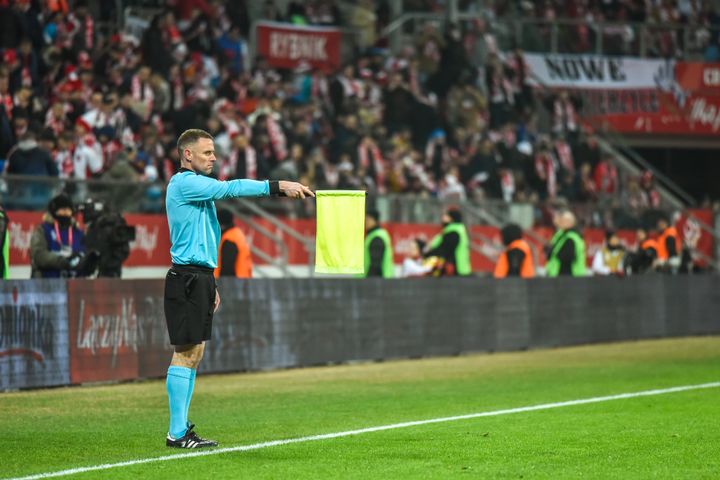The Mystery of Injury Time in Soccer: Exploring Its Origins and Significance
Injury time in soccer has been a topic of a lot of debate. In this article, we give you insight into how injury time works and the controversy surrounding it.

For soccer fans worldwide, injury time is a source of excitement and frustration. It's a period of uncertainty, where anything can happen, and the game can be turned on its head. But have you ever wondered where injury time came from and why it's such an essential part of soccer? In this article, we'll dive into the mysteries of injury time, exploring its origins and significance in the beautiful game. From the early days of soccer to modern-day matches, we'll take a look at how injury time has evolved and how it's become an integral part of the sport.
In soccer, injury time, also known as stoppage time, is an extension of the match clock to account for time lost due to interruptions in play. The purpose of injury time is to ensure that the full 90 minutes of regulation time is played, as specified by the laws of the game.
The referee determines the amount of injury time added at the end of each half, which can vary greatly depending on the number and length of interruptions. Injuries, substitutions, time-wasting tactics by players, and other incidents can all cause the game clock to stop, and the referee is responsible for adding the time lost back onto the clock at the end of the half.
The length of injury time can also be influenced by the circumstances of the match. For example, if a team is pushing for a winning goal near the end of the game, the referee may add more time to the clock to account for the increased tempo and urgency of the play. Conversely, if a team is comfortably ahead, the referee may add less injury time.
The amount of injury time added is purely at the discretion of the referee and is not a fixed or predetermined amount. The referee signals the end of the match by blowing the whistle and pointing to their wristwatch, indicating the end of the match. The clock is stopped at this point, and the final score is recorded.
Controverse
It is worth noting that the concept of injury time is not universally accepted and can cause controversy in some quarters. Some fans and analysts argue that the subjective nature of injury time makes it unpredictable and can significantly impact the outcome of a game.
For example, the 2002 FIFA World Cup match between South Korea and Italy was widely criticized for the amount of injury time added by the referee, which allowed South Korea to score a crucial golden goal in extra time and advance to the quarter-finals. The length of injury time and the validity of the goal continue to be debated among soccer fans to this day.
Another example is the 1999 UEFA Champions League final between Manchester United and Bayern Munich, where the referee added five minutes of injury time at the end of the second half, which allowed Manchester United to score two goals in stoppage time and win the match. The length of injury time and the match's outcome remain controversial topics in the soccer world.
Injury time in international soccer tournaments
Injury time is significant in international soccer tournaments, where the stakes are higher and the margins for error are more petite. In these tournaments, a single goal or a single mistake can be the difference between advancing to the next round and going home.
Because of this, referees in international soccer tournaments are often under more pressure to manage injury time effectively. They must balance the need to compensate for stoppages and injuries with the need to ensure that matches are played for a set amount of time.
The future of injury time in soccer
As soccer continues to evolve and change, it's possible that injury time will also undergo some changes. Some experts have suggested that technology could be used to more accurately determine injury time by tracking the amount of time lost due to injuries and other stoppages.
Others have suggested that injury time could be eliminated altogether in favor of a clock that stops and starts automatically whenever play is stopped. However, this would likely require significant changes to the rules and structure of soccer and may not be feasible in the near future.
Conclusion
Injury time is one of the most mysterious and fascinating aspects of soccer. It's a period of uncertainty and drama, where anything can happen, and the fate of the match can be decided in a matter of seconds. From its humble beginnings in the early days of soccer to its current role as an integral part of the sport, injury time has undergone many changes and controversies over the years.
Despite its controversies, injury time remains an important and necessary part of soccer. It ensures that matches are played for a set amount of time, adds an element of excitement and drama to the game, and helps to ensure player safety. As soccer continues to evolve and change, it's possible that injury time will undergo further changes and innovations.




